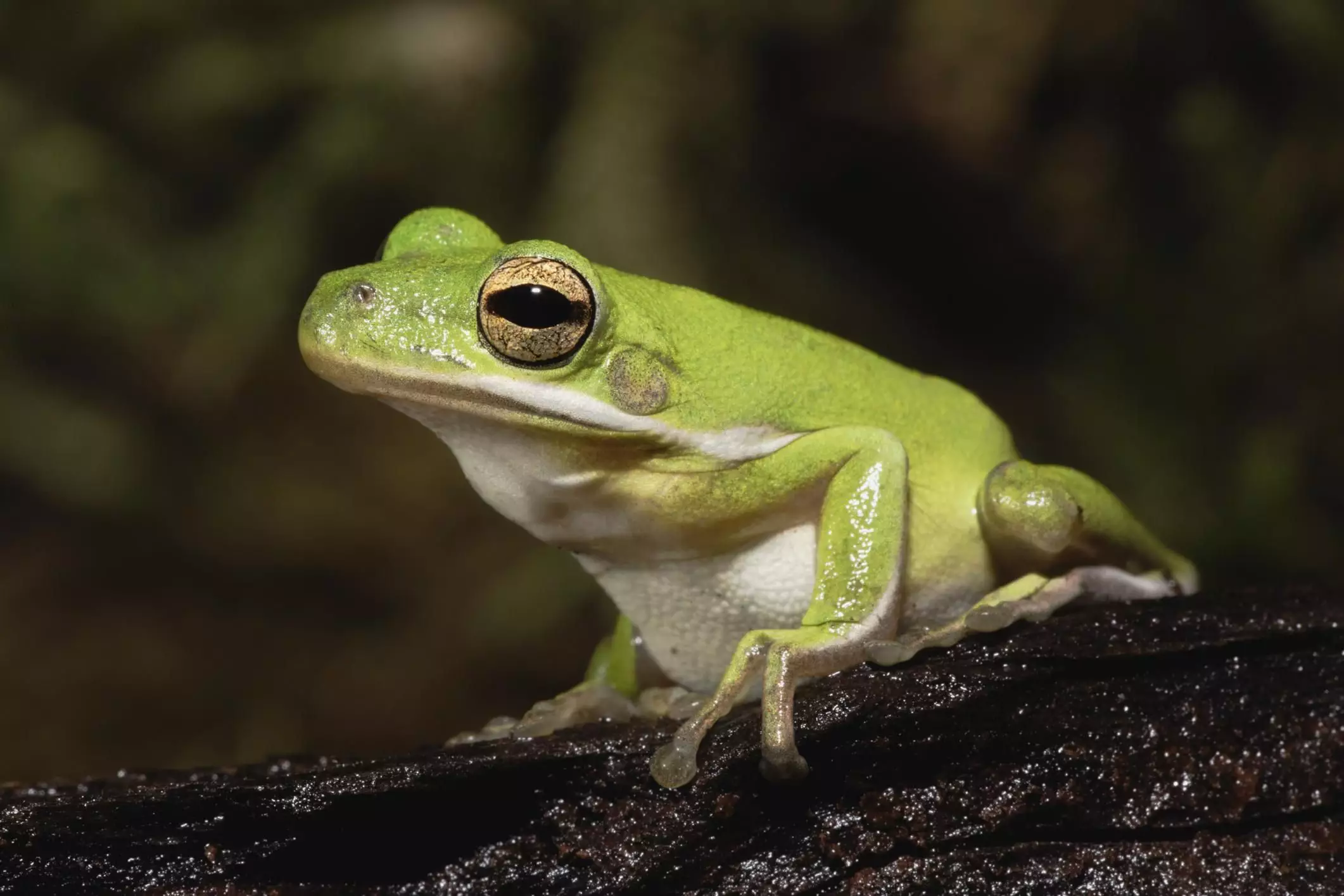American green tree frogs, scientifically known as *Hyla cinerea*, are enchanting amphibians that call the southeastern United States home. Spanning from the warm beaches of Florida to the temperate fields of Virginia, these vibrant frogs leap into the hearts of many due not only to their dazzling bright green coloration but also their intriguing behaviors. Their unique appearance serves a functional purpose in the wild: their color allows them to blend seamlessly with the lush greenery and foliage, providing effective camouflage against predators.
While their appearance is stunning, what truly adds to their charm is their size and delicate demeanor. Adult American green tree frogs typically do not exceed 2.5 inches in length, making them appealing pets for those with limited space. However, potential owners should be aware that these frogs are not the ideal choice for frequent handling due to their sensitive skin, which can easily be damaged. Instead, they shine as captivating creatures to observe, especially when they are indulging in their nocturnal antics.
The Ideal Habitat: Building a Compelling Environment
Creating a proper habitat for American green tree frogs is essential, but it’s also surprisingly straightforward. For a solitary green tree frog, a minimum 10-gallon tank is recommended, though larger enclosures allow for more creative designs and space for climbing. It’s crucial to choose a taller tank, as these frogs thrive in arboreal environments, often preferring to climb rather than hop. A secure mesh or wire lid is essential for preventing escape adventures—these frogs are surprisingly agile.
The habitat should be furnished with a variety of climbing materials, such as branches or artificial plants, creating an encouraging environment that mimics their natural habitat. It’s recommended to procure driftwood or cork bark, ensuring they are sanitized to eliminate harmful bacteria or pests. The use of live plants such as ferns or Philodendron not only beautifies the enclosure but also assists in maintaining proper humidity levels, crucial for the frogs’ wellbeing.
Maintaining humidity and temperature is paramount. American green tree frogs thrive in environments that closely mimic their natural habitat, which tends to have high humidity and stable temperatures. Ideally, humidity should oscillate between 50-60% during the day and surge to an impressive 80-100% at night. This can be easily managed through daily misting with dechlorinated water or employing automated foggers. Temperature-wise, keeping a stable range of 70-75 degrees Fahrenheit will cater to their needs, with careful attention to ensure it does not drop below 70 degrees.
Nourishing Their Natural Instincts
An exciting aspect of keeping American green tree frogs is curating their diet, which consists predominantly of insects. As insectivores, they relish crickets, fruit flies, and worms, reflecting their natural foraging habits. A well-balanced diet necessitates gut-loading food items before feeding, ensuring nutritional richness. Feeding should be tailored to the size of the frog; smaller individuals require daily feeding, while the larger counterparts can thrive on a schedule of every other day, ensuring they do not develop obesity, a common concern due to their opportunistic feeding nature.
A shallow water dish filled with dechlorinated water must always be available, enabling the frogs to hydrate and absorb moisture through their skin. Misting the environment also provides hydration, as these frogs absorb water not just from drinking but from surrounding humidity.
Health Management and Precautions
Despite their resilience, American green tree frogs can face health challenges, including skin infections and respiratory issues, often arising from improper humidity and inadequate enclosure upkeep. Signs of illness such as swelling, lethargy, or refusal to eat should prompt an immediate assessment by an exotic veterinarian. Regular tank cleaning is essential to prevent the buildup of harmful ammonia, which can pose a fatal risk if neglected.
Selecting a healthy frog is as crucial as creating a suitable habitat. Potential owners should look for vibrant, active frogs with clear, bright eyes and intact skin to avoid introducing health issues into their homes. It’s wise to source these frogs from reputable breeders or expos, ensuring they are captive-bred and disease-free.
A Whisper of Wonder
The charm of American green tree frogs lies not just in their extraordinary looks, but in their surprisingly engaging behaviors. Although they are not cuddly companions, they prove to be delightful pets that offer a slice of nature’s wonder right at home. For those ready to immerse themselves in the simpler joys of amphibian care, the American green tree frog stands as a brilliant choice. By understanding their needs and embracing their vibrant world, owners can form a unique bond with these little gems. Enjoy the privilege of sharing your home with a creature that embodies the beauty of the wild while respecting and nurturing its needs, adding a splash of color and life to your daily existence.

